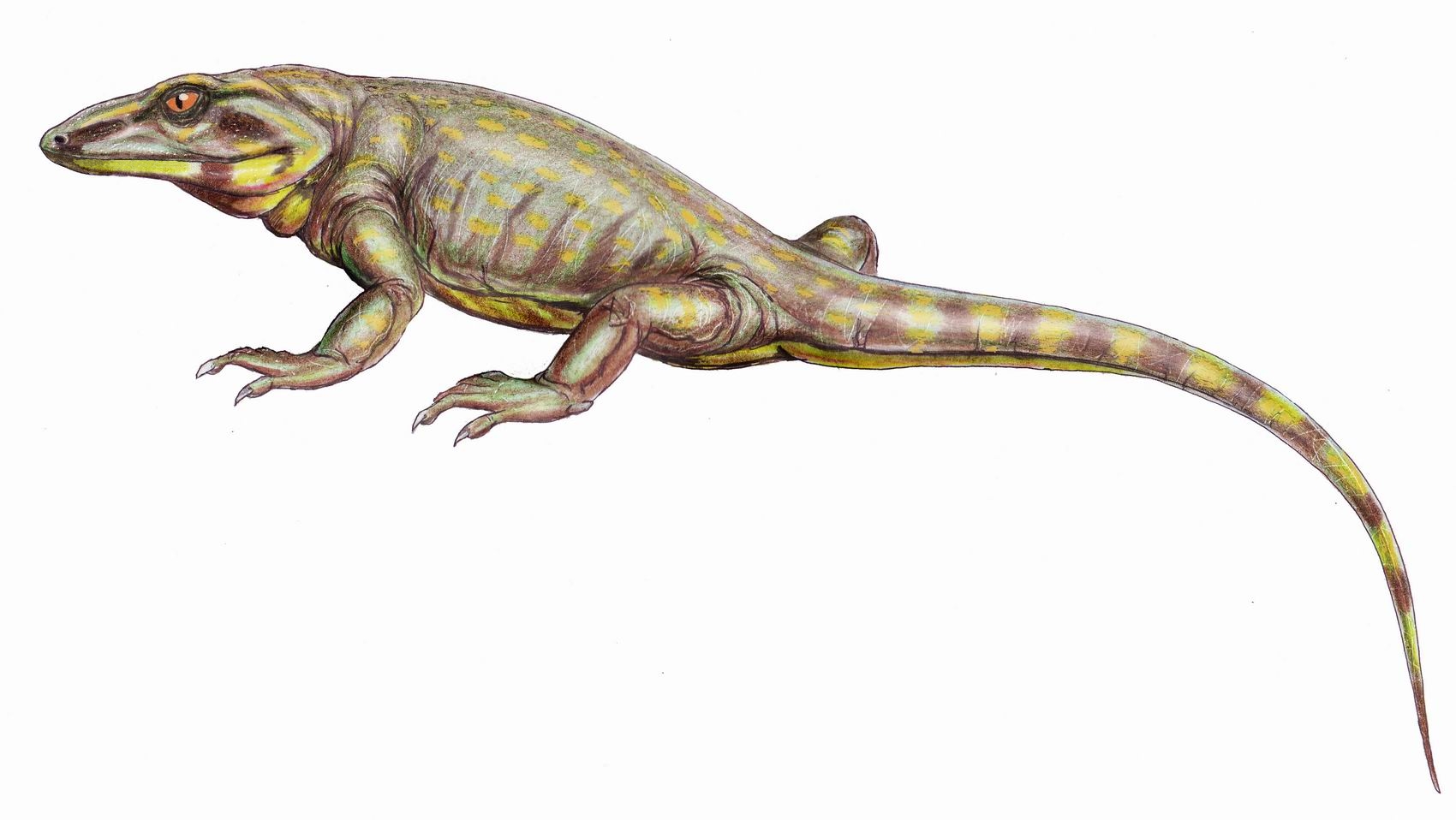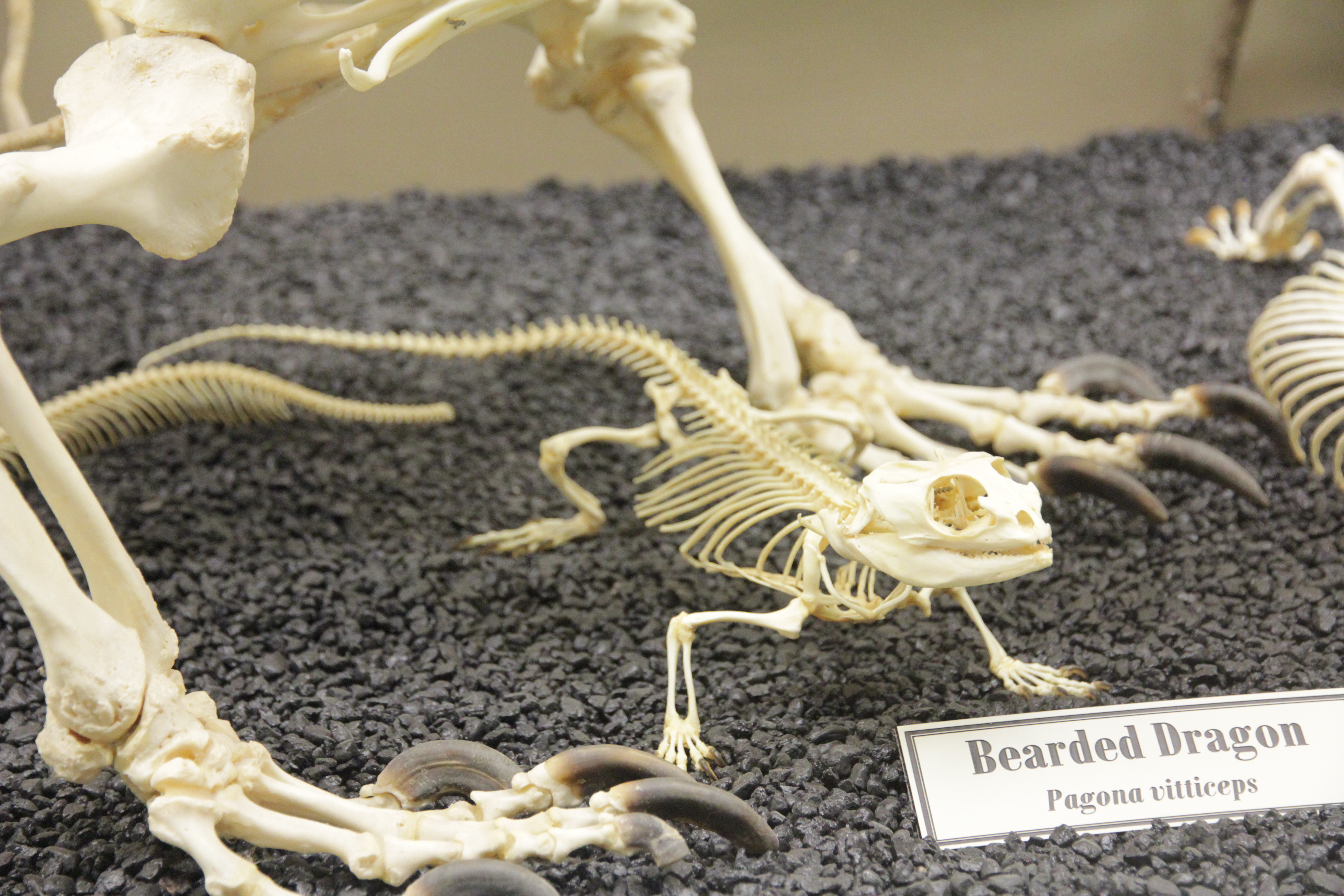|
Rhinobothryum Bovallii
''Rhinobothryum bovallii'', commonly known as the coral mimic snake or the false tree coral, is a species of snake in the family Colubridae. The species is native to Central America and northwestern South America. Etymology The specific name, ''bovallii'', is in honor of Swedish biologist Carl Bovallius. Beolens, Bo; Watkins, Michael; Grayson, Michael (2011). ''The Eponym Dictionary of Reptiles''. Baltimore: Johns Hopkins University Press. xiii + 296 pp. . (''Rhinobothryum bovallii'', p. 36). Geographic range ''R. bovallii'' is found in Honduras, Nicaragua, Costa Rica, Panama, Colombia, Venezuela, and Ecuador. Habitat The preferred natural habitat of ''R. bovallii'' is forest, at altitudes from sea level to . Reproduction ''R. bovallii'' is oviparous. Mimicry ''R. bovallii'' mimics two sympatric species of venomous snakes, '' Micrurus alleni'' and ''Micrurus nigrocinctus ''Micrurus nigrocinctus'', commonly known as the Central American coral snake, is a species ... [...More Info...] [...Related Items...] OR: [Wikipedia] [Google] [Baidu] |
Lars Gabriel Andersson
Lars Gabriel Andersson (22 February 1868 – 13 February 1951) was a Swedish schoolteacher and herpetologist. He studied at Uppsala University and earned his PhD in 1909. During his long career he taught classes at several schools in and near Stockholm. In 1894–95 and from 1897 to 1902 he worked as an assistant in the vertebrate department at the Naturhistoriska riksmuseet in Stockholm. Taxa With zoologist Einar Lönnberg he described the following herpetological species: * ''Aipysurus tenuis'', 1913 * '' Atractaspis engdahli'', 1913 * ''Eulamprus brachyosoma'', 1915. * '' Eulamprus tympanum'', 1915 * '' Gastrotheca microdiscus'', (Andersson in Lönnberg and Andersson, 1910). * ''Glaphyromorphus mjobergi'', 1915 * ''Strophurus taeniatus'', 1913. On his own, he described: * '' Didynamipus sjostedti'', 1903 Works by Andersson that have been published in English * "Catalogue of Linnean type-specimens of snakes in the Royal Museum in Stockholm", 1899. * "Catalogue of Linnean ... [...More Info...] [...Related Items...] OR: [Wikipedia] [Google] [Baidu] |
Habitat
In ecology, the term habitat summarises the array of resources, physical and biotic factors that are present in an area, such as to support the survival and reproduction of a particular species. A species habitat can be seen as the physical manifestation of its ecological niche. Thus "habitat" is a species-specific term, fundamentally different from concepts such as environment or vegetation assemblages, for which the term "habitat-type" is more appropriate. The physical factors may include (for example): soil, moisture, range of temperature, and light intensity. Biotic factors will include the availability of food and the presence or absence of predators. Every species has particular habitat requirements, with habitat generalist species able to thrive in a wide array of environmental conditions while habitat specialist species requiring a very limited set of factors to survive. The habitat of a species is not necessarily found in a geographical area, it can be the interior ... [...More Info...] [...Related Items...] OR: [Wikipedia] [Google] [Baidu] |
Reptiles Of Venezuela
Reptiles, as most commonly defined are the animals in the class Reptilia ( ), a paraphyletic grouping comprising all sauropsids except birds. Living reptiles comprise turtles, crocodilians, squamates (lizards and snakes) and rhynchocephalians (tuatara). As of March 2022, the Reptile Database includes about 11,700 species. In the traditional Linnaean classification system, birds are considered a separate class to reptiles. However, crocodilians are more closely related to birds than they are to other living reptiles, and so modern cladistic classification systems include birds within Reptilia, redefining the term as a clade. Other cladistic definitions abandon the term reptile altogether in favor of the clade Sauropsida, which refers to all amniotes more closely related to modern reptiles than to mammals. The study of the traditional reptile orders, historically combined with that of modern amphibians, is called herpetology. The earliest known proto-reptiles originated a ... [...More Info...] [...Related Items...] OR: [Wikipedia] [Google] [Baidu] |
Reptiles Of Honduras
Reptiles, as most commonly defined are the animals in the class Reptilia ( ), a paraphyletic grouping comprising all sauropsids except birds. Living reptiles comprise turtles, crocodilians, squamates (lizards and snakes) and rhynchocephalians (tuatara). As of March 2022, the Reptile Database includes about 11,700 species. In the traditional Linnaean classification system, birds are considered a separate class to reptiles. However, crocodilians are more closely related to birds than they are to other living reptiles, and so modern cladistic classification systems include birds within Reptilia, redefining the term as a clade. Other cladistic definitions abandon the term reptile altogether in favor of the clade Sauropsida, which refers to all amniotes more closely related to modern reptiles than to mammals. The study of the traditional reptile orders, historically combined with that of modern amphibians, is called herpetology. The earliest known proto-reptiles originated around ... [...More Info...] [...Related Items...] OR: [Wikipedia] [Google] [Baidu] |
Reptiles Of Costa Rica
Reptiles, as most commonly defined are the animals in the class Reptilia ( ), a paraphyletic grouping comprising all sauropsids except birds. Living reptiles comprise turtles, crocodilians, squamates (lizards and snakes) and rhynchocephalians (tuatara). As of March 2022, the Reptile Database includes about 11,700 species. In the traditional Linnaean classification system, birds are considered a separate class to reptiles. However, crocodilians are more closely related to birds than they are to other living reptiles, and so modern cladistic classification systems include birds within Reptilia, redefining the term as a clade. Other cladistic definitions abandon the term reptile altogether in favor of the clade Sauropsida, which refers to all amniotes more closely related to modern reptiles than to mammals. The study of the traditional reptile orders, historically combined with that of modern amphibians, is called herpetology. The earliest known proto-reptiles originated ar ... [...More Info...] [...Related Items...] OR: [Wikipedia] [Google] [Baidu] |
Reptiles Of Panama
Reptiles, as most commonly defined are the animals in the class Reptilia ( ), a paraphyletic grouping comprising all sauropsids except birds. Living reptiles comprise turtles, crocodilians, squamates (lizards and snakes) and rhynchocephalians (tuatara). As of March 2022, the Reptile Database includes about 11,700 species. In the traditional Linnaean classification system, birds are considered a separate class to reptiles. However, crocodilians are more closely related to birds than they are to other living reptiles, and so modern cladistic classification systems include birds within Reptilia, redefining the term as a clade. Other cladistic definitions abandon the term reptile altogether in favor of the clade Sauropsida, which refers to all amniotes more closely related to modern reptiles than to mammals. The study of the traditional reptile orders, historically combined with that of modern amphibians, is called herpetology. The earliest known proto-reptiles originated around ... [...More Info...] [...Related Items...] OR: [Wikipedia] [Google] [Baidu] |
Reptiles Described In 1916
Reptiles, as most commonly defined are the animals in the class Reptilia ( ), a paraphyletic grouping comprising all sauropsids except birds. Living reptiles comprise turtles, crocodilians, squamates (lizards and snakes) and rhynchocephalians ( tuatara). As of March 2022, the Reptile Database includes about 11,700 species. In the traditional Linnaean classification system, birds are considered a separate class to reptiles. However, crocodilians are more closely related to birds than they are to other living reptiles, and so modern cladistic classification systems include birds within Reptilia, redefining the term as a clade. Other cladistic definitions abandon the term reptile altogether in favor of the clade Sauropsida, which refers to all amniotes more closely related to modern reptiles than to mammals. The study of the traditional reptile orders, historically combined with that of modern amphibians, is called herpetology. The earliest known proto-reptiles originated ... [...More Info...] [...Related Items...] OR: [Wikipedia] [Google] [Baidu] |
César Alemán G
Cesar, César or Cèsar may refer to: Arts, entertainment, and media * ''César'' (film), a 1936 film directed by Marcel Pagnol * ''César'' (play), a play by Marcel Pagnolt * César Award, a French film award Places * Cesar, Portugal * Cesar River, a river within the Magdalena Basin of Colombia * Cesar River, Chile * Cesar Department, Colombia Other uses * César (grape), an ancient red wine grape from northern Burgundy * French ship ''César'' (1768), ship of the line, destroyed 1782 * Recife Center for Advanced Studies and Systems (C.E.S.A.R), in Brazil * Cesar, a brand of dog food manufactured by Mars, Incorporated People with the given name * César (footballer, born May 1979), César Vinicio Cervo de Luca, Brazilian football centre-back * César (footballer, born July 1979), Clederson César de Souza, Brazilian football winger * César Alierta (born 1945), Spanish businessman * César Augusto Soares dos Reis Ribela (born 1995), Brazilian footballer * César ... [...More Info...] [...Related Items...] OR: [Wikipedia] [Google] [Baidu] |
Micrurus Nigrocinctus
''Micrurus nigrocinctus'', commonly known as the Central American coral snake, is a species of a highly venomous snake in the family Elapidae. The species is endemic to Latin America from southern Mexico, Central America, to north Colombia. There are six recognized subspecies, including the nominate subspecies described here. Common names Common names for ''M. nigrocinctus'' include Central American coral snake, and in Spanish: ''serpiente-coralillo centroamericana'', ''coral centroamericana'', ''coralillo'', ''gargantilla'', ''salviara'', ''limlim'', ''babaspul'', and ''coral macho''. Description The Central American coral snake is capable of growing to a total length (including tail) of , but most are closer to . It has smooth scales, a rounded head, and eyes with round pupils. Its color pattern can vary from two-colored to three-colored, with black, yellow and red banding. The snout is black. Halfway the head, there is usually a yellow ring (in three-colored specimens) or ... [...More Info...] [...Related Items...] OR: [Wikipedia] [Google] [Baidu] |
Micrurus Alleni
''Micrurus'' is a genus of venomous coral snakes of the family Elapidae. Geographic range Species in the genus ''Micrurus'' are endemic to the Americas. Species The following 83 species are recognized as being valid. *'' Micrurus albicinctus'' Amaral, 1925 *'' Micrurus alleni'' K. Schmidt, 1936 *''Micrurus altirostris'' (Cope, 1860) *'' Micrurus ancoralis'' Jan, 1872 *''Micrurus annellatus'' W. Peters, 1871 *''Micrurus averyi'' K. Schmidt, 1939 *''Micrurus baliocoryphus'' (Cope, 1862) *''Micrurus bernadi'' (Cope, 1887) *''Micrurus bocourti'' (Jan, 1872) *''Micrurus bogerti'' Roze, 1967 *''Micrurus boicora'' *''Micrurus brasiliensis'' Roze, 1967 *'' Micrurus browni'' K. Schmidt & H.M. Smith, 1943 *''Micrurus carvalhoi'' Roze, 1967 *'' Micrurus camilae'' Renjifo & Lundberg, 2003 *''Micrurus circinalis'' ( A.M.C. Duméril, Bibron & A.H.A. Duméril, 1854) *''Micrurus clarki'' K. Schmidt, 1936 *''Micrurus collaris'' ( Schlegel, 1837) *'' Micrurus corallinus'' ( Merrem, 182 ... [...More Info...] [...Related Items...] OR: [Wikipedia] [Google] [Baidu] |
Venomous Snakes
Venomous snakes are species of the suborder Serpentes that are capable of producing venom, which they use for killing prey, for defense, and to assist with digestion of their prey. The venom is typically delivered by injection using hollow or grooved fangs, although some venomous snakes lack well-developed fangs. Common venomous snakes include the families Elapidae, Viperidae, Atractaspididae, and some of the Colubridae. The toxicity of venom is mainly indicated by murine , while multiple factors are considered to judge the potential danger to humans. Other important factors for risk assessment include the likelihood that a snake will bite, the quantity of venom delivered with the bite, the efficiency of the delivery mechanism, and the location of a bite on the body of the victim. Snake venom may have both neurotoxic and hemotoxic properties. There are about 600 venomous snake species in the world. Evolution The evolutionary history of venomous snakes can be traced back to as ... [...More Info...] [...Related Items...] OR: [Wikipedia] [Google] [Baidu] |





